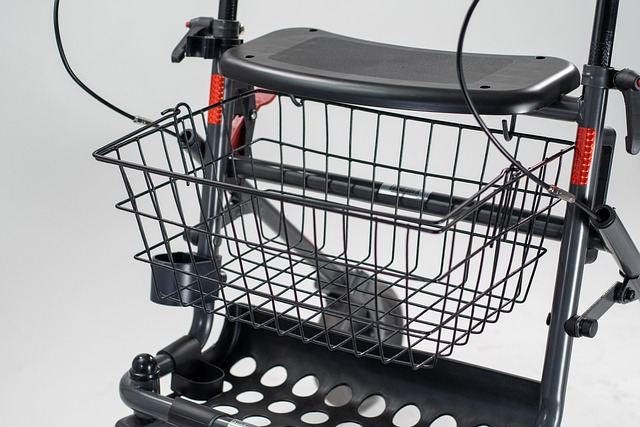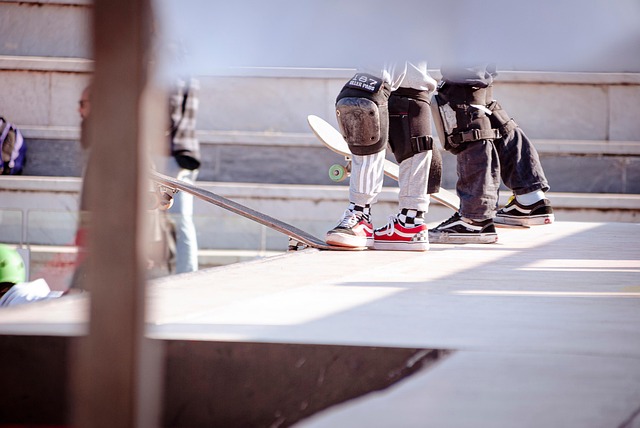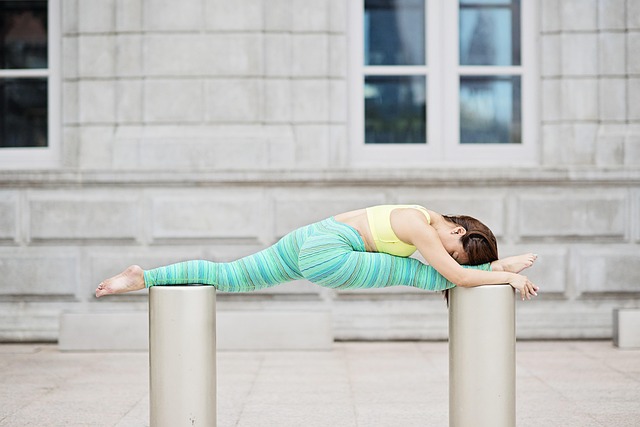Enhancing Mobility: The Importance of Knee Stabilization Techniques
When we think about mobility, we often envision ourselves moving freely and effortlessly. However, for many individuals, achieving such freedom can be hindered due to instability in the knee. The knees play a pivotal role in our overall mobility, bearing the weight of our bodies and enabling us to engage in various activities—from walking and running to squatting and jumping. This is where knee stabilization techniques come into play, providing support and structure to one of our most critical joints.
The Role of the Knee in Mobility
The knee joint is a complex structure, comprised of bones, cartilage, ligaments, and tendons. It operates as a hinge, allowing us to bend and straighten our legs smoothly. However, knee instability can arise due to various factors, including previous injuries, muscle weakness, or degenerative conditions. When the knee is unstable, movements can become painful and restricted, leading to a diminished quality of life.
What is Knee Stabilization?
Knee stabilization refers to techniques and exercises intended to strengthen the muscles surrounding the knee joint, enhance coordination, and improve balance. The goal is to support the knee’s structure and function, which can drastically increase mobility and reduce the risk of injuries. By focusing on stabilization, individuals can regain their confidence in movement, allowing them to embrace physical activities once again.
Effective Knee Stabilization Techniques
1. Strengthening Exercises: Exercises such as squats, lunges, and leg presses target key muscle groups around the knee, including the quadriceps, hamstrings, and calves. Building strength in these muscles can provide better support to the knee joint.
2. Balance Training: Incorporating balance exercises, like single-leg stands and stability ball workouts, can help enhance proprioception—our body’s ability to sense its position in space. Improved balance translates to a lower risk of falls and knee injuries.
3. Flexibility and Stretching: Maintaining flexibility through regular stretching routines can decrease the tension on the knee joint, leading to greater mobility. Focus on stretches that target the hip flexors, calves, and hamstrings to support healthy knee function.
4. Neuromuscular Re-education: Techniques such as agility drills or plyometrics can help rewire the brain’s control over the muscles around the knee. This type of training can enhance neuromuscular coordination, improving stability and reaction times during movements.
Practical Tips for Everyday Mobility
Integrating knee stabilization techniques into your daily routine doesn’t have to be overwhelming. Here are some practical tips to help enhance mobility:
- Start Slow: If you’re new to knee stabilization exercises, begin with low-impact movements and gradually increase intensity.
- Stay Consistent: Aim for regular practice to see the benefits. Even 15-20 minutes a day can lead to significant improvements.
- Listen to Your Body: Pay attention to how your knees feel. If an exercise causes pain, adjust your routine or consult a healthcare professional.
- Incorporate Variety: Mixing different stabilization techniques can keep your workouts engaging and ensure you’re targeting all the muscles involved.
By focusing on knee stabilization, we empower ourselves to reclaim our mobility and pursue the activities we love. Whether you’re an athlete or someone simply wishing to enhance your everyday movements, prioritizing knee stability will lead you towards a more active and fulfilling life.




